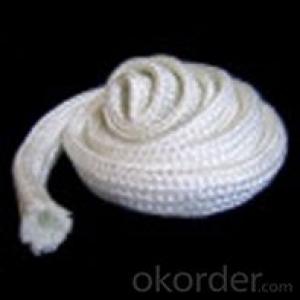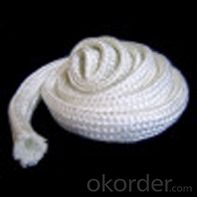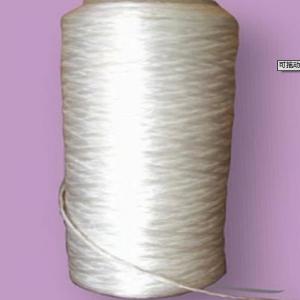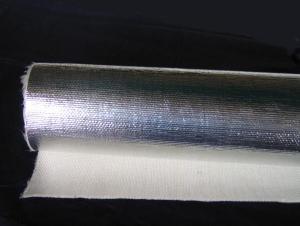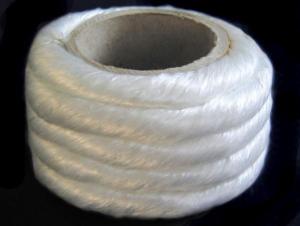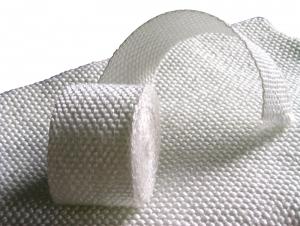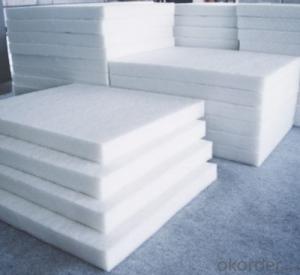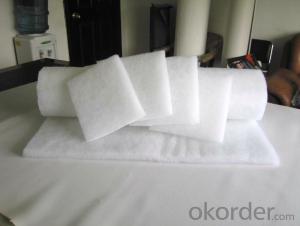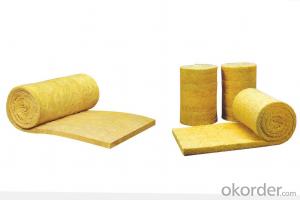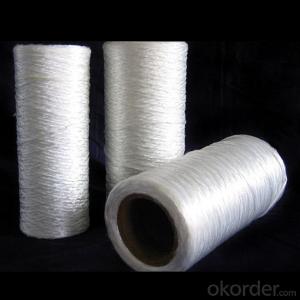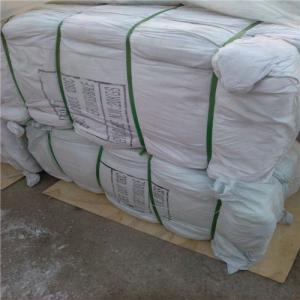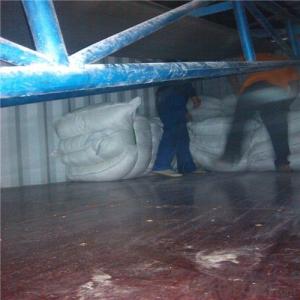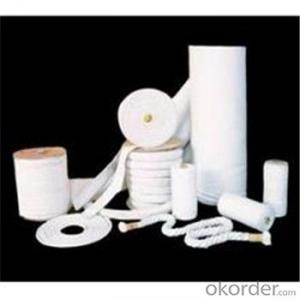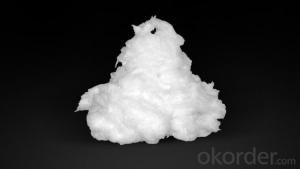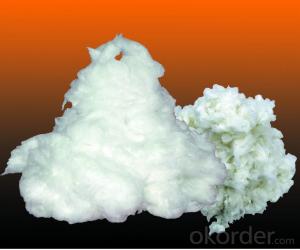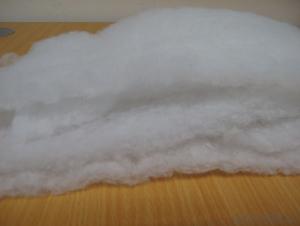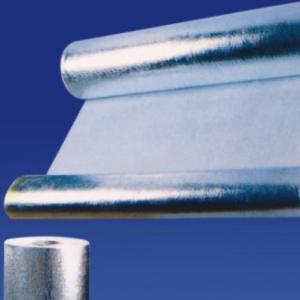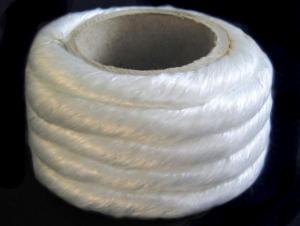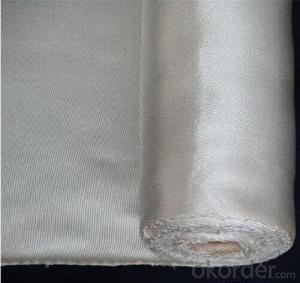High Tensile Insulating Ceramic Fiber Bulk for Industrial Boiler with Glass Fiber Textiles
- Loading Port:
- Shanghai
- Payment Terms:
- TT OR LC
- Min Order Qty:
- 10 m.t.
- Supply Capability:
- 100 m.t./month
OKorder Service Pledge
OKorder Financial Service
You Might Also Like
Quick Details
| Place of Origin: | China (Mainland) | Shape: | Block | Material: | ceramic fiber |
| SiO2 Content (%): | 44-52% | Al2O3 Content (%): | 44-55% | MgO Content (%): | 0 |
| CaO Content (%): | 0 | Refractoriness (Degree): | Common (1580°< Refractoriness< 1770°) | CrO Content (%): | 0 |
| SiC Content (%): | 0 | Model Number: | DKJL | Brand Name: | |
| color: | white | Application:: | textile manufacture | ceramic fiber bulk: | high temperature ceramic fiber for furnace melting |
| fireproof material: | fireproof ceramic fiber bulk for sealing | Shrinkage (1800℉, 3h):: | 3% | Fiber Diameter: | 3-4.5 |
| Density (kg/m³ ):: | 128 | Working Temperature:: | 1200℃ | specification temperature:: | 1260℃ |
| Ultimate Strength (≥ MPa):: | 0.08 |
Packaging & Delivery
| Packaging Detail: | All the fibers are packed in sack with the packing weight(20kg) Or made according to customer's requirement |
| Delivery Detail: | within 20 days or as per your order quantity. |
Specifications
Ceramic Fiber Bulk for melting
1. Low heat storage and thermal conductivity
2. Excellent chemical and thermal stability
Our Services
Product Description
Refractory thermal insulation Ceramic Fiber Bulk
The production of our ceramic fiber spun/blowing bulk takes use of electric resistance furnace melting method with the characteristics of stable performance, long fiber, strong tensile strong, less shot, excellent thermal stability, clean and white color etc. it is the optimum material for the production of fiber textile and also the perfect material for sealing and filling.
Product Characteristics:
1. Low heat storage and thermal conductivity
2. Excellent chemical stability
3. Excellent thermal stability
4. No bond and corrosive material
5. Excellent thermal shock resistance
6. Excellent sound insulation
Item | COM | ST | HP | HA | HZ | |
Specification Tem(°C) | 1100 | 1260 | 1260 | 1360 | 1430 | |
Working Tem(°C) | 1050 | 1100 | 1200 | 1350 | ||
Color | white | white | white | white | white | |
Fiber dia(um) | Blowing | 2-3 | 2-3 | 2-3 | 2-3 | 2-3 |
Swinging | 3-4.5 | 3-4.5 | 3-4.5 | 3-4.0 | 3-4.0 | |
Chemical | Al2O3 | 44 | 46 | 47—49 | 52-55 | 39-40 |
Al2O3+SIO2 | 96 | 97 | 99 | 99 | - | |
Al2O3+SIO2+ZrO2 | - | - | - | - | 99 | |
ZrO2 | - | - | - | - | 15-17 | |
Fe2O3 | 0.2 | 0.2 | 0.2 | |||
Na2O+K2O | ≤0.5 | ≤0.5 | 0.2 | 0.2 | 0.2 | |
All the fibers are packed in sack with the packing weight: 20kg Or made according to customers s requirement. | ||||||
Application:
1. Raw material of fiber textile
2. Filling material of wall lining of industrial furnace
3. Raw material of wet method products
4. Raw material of fiber spraying, casting materials and coating materials
- Q: Can glass fiber textiles be used in upholstery and home decor?
- Upholstery and home decor can benefit from the use of glass fiber textiles. Known as fiberglass fabrics, these materials are adaptable and long-lasting, suitable for a variety of uses. Glass fiber textiles are created by weaving together glass fibers, resulting in a fabric that is both sturdy and flexible. In the realm of upholstery, glass fiber textiles can serve as a covering for furniture pieces like chairs, sofas, and ottomans. Their exceptional strength and resistance to wear and tear make them well-suited for high-traffic areas. Additionally, these textiles possess resistance to moisture, mildew, and pests, making them a practical choice for home upholstery. Glass fiber textiles offer versatility in the realm of home decor as well. They can be utilized as wall coverings, adding a distinct and contemporary touch to any room. As curtains or drapes, they bring elegance and texture to windows. Additionally, these textiles can be used decoratively, crafting detailed lampshades or decorative panels. With a wide array of colors, patterns, and textures available, glass fiber textiles offer limitless possibilities for upholstery and home decor. They can be easily customized to match any interior design style, whether it be contemporary, traditional, or eclectic. Furthermore, glass fiber textiles are simple to clean and maintain, making them ideal for households. In summary, glass fiber textiles are a flexible and durable choice for upholstery and home decor. They provide strength, resistance to wear, and a plethora of design options. Whether you are looking to upholster furniture or enhance the aesthetic of your home, glass fiber textiles are an excellent option.
- Q: What are the main ingredients of optical fiber?
- Optical fiber, which is called fiber cable in practical application, is light, low cost, high speed and small loss relative to metal cable! Now widely used for communications, such as mobile base stations, telephone, network and so on. The transmission is a digital signal (0 and 1), and the modulation terminal inputs the modulated image or voice signal to the optical cable, and the receiver receives and demodulates the image or voice signal after receiving the demodulation. Fiber optic cables are quite common now. Have you ever heard of undersea fiber-optic cables?. Gongbian common sign "no copper cable, cable theft, theft of useless, crime sentence is to set up" warning cable.
- Q: What are the different printing options for glass fiber textile?
- There are various printing options available for glass fiber textile, each with its own unique advantages and applications. 1. Screen Printing: This is the most common and versatile printing method for glass fiber textiles. It involves using a fine mesh screen with a stencil to transfer ink onto the fabric. Screen printing allows for precise and detailed designs, and can be used with a wide range of inks, including metallic and textured finishes. 2. Digital Printing: This method involves printing designs directly onto the glass fiber textile using specialized inkjet printers. It offers high-resolution and vibrant colors, with the ability to reproduce intricate patterns and gradients. Digital printing is ideal for small batch production and customization, as it does not require any setup or screen preparation. 3. Heat Transfer Printing: In this process, designs are first printed onto a transfer paper using specialized inks, and then transferred onto the glass fiber textile using heat and pressure. Heat transfer printing enables the application of intricate designs and can produce durable and long-lasting prints. It is commonly used for large-scale production and is particularly suited for complex patterns and multicolor designs. 4. Sublimation Printing: Sublimation printing involves using heat and pressure to transfer dye onto the glass fiber textile, resulting in vibrant and permanent prints. This method is commonly used for polyester-based glass fiber textiles, as the dye sublimates and becomes a gas, bonding with the fabric fibers. Sublimation printing offers excellent color fastness and is especially popular for sportswear and custom apparel. 5. Foil Printing: Foil printing is a decorative technique that involves applying a metallic or pigmented foil to the glass fiber textile. It creates a shiny and reflective surface that adds a luxurious and eye-catching effect to the fabric. Foil printing can be achieved using heat transfer or screen printing methods. Each printing option mentioned above has its own unique characteristics and suitability for different applications. It is important to consider factors such as design complexity, desired durability, and fabric type when choosing the appropriate printing method for glass fiber textiles.
- Q: What are the limitations of glass fiber textiles?
- Glass fiber textiles have several limitations. Firstly, they are brittle and can break easily under high impact or stress, making them less suitable for applications that require flexibility or durability. Additionally, glass fiber textiles have poor resistance to high temperatures, which can cause them to weaken or lose their structural integrity. They are also prone to abrasion and can be easily damaged by sharp objects or rough handling. Lastly, glass fiber textiles can be less comfortable to wear or use due to their stiffness and lack of breathability.
- Q: How do glass fiber textiles affect supply chain logistics?
- Glass fiber textiles can have a significant impact on supply chain logistics. Firstly, glass fiber textiles are lightweight and have a high strength-to-weight ratio, making them ideal for transportation and storage. This means that more products can be packed into a single shipment, reducing the number of shipments required and saving costs on transportation. Additionally, glass fiber textiles are non-perishable and resistant to moisture and chemicals, which increases their shelf life and reduces the risk of damage during transport. This reduces the need for frequent replacements and minimizes the chances of product loss or wastage. Moreover, glass fiber textiles can be easily customized and cut into specific shapes and sizes, allowing for efficient packaging and space utilization. This enables companies to optimize their warehouse space and minimize storage costs. Furthermore, glass fiber textiles have excellent insulating properties, which can be advantageous in certain supply chains. For example, in the cold chain logistics of perishable goods, glass fiber textiles can help maintain the desired temperature and protect the products from external environmental factors. Lastly, glass fiber textiles are recyclable and environmentally friendly. This aligns with the growing global focus on sustainability and reduces the negative impact on the environment. Incorporating glass fiber textiles in the supply chain can contribute to a more eco-friendly and responsible approach to logistics. In conclusion, glass fiber textiles have a positive impact on supply chain logistics by reducing transportation costs, minimizing product damage, optimizing storage space, enhancing insulation capabilities, and promoting sustainability.
- Q: How does glass fiber textile perform in low-temperature environments?
- Glass fiber textile performs well in low-temperature environments due to its inherent properties and characteristics. The material has a high resistance to cold temperatures and can maintain its structural integrity even in extreme cold conditions. Unlike other materials, glass fiber textile does not become brittle or lose its mechanical strength when exposed to low temperatures. The glass fibers used in the textile have a low coefficient of thermal expansion, which means they do not contract or expand significantly in response to temperature changes. This property allows the textile to remain stable and resistant to deformation or damage in low-temperature environments. Furthermore, glass fiber textile has excellent thermal insulation properties. It acts as a barrier to heat transfer, effectively preventing the loss of heat in cold environments. This insulation capability helps to maintain a comfortable temperature within a space, reducing the need for additional heating and energy consumption. In addition to being resistant to cold temperatures and providing thermal insulation, glass fiber textile is also highly durable. It is not affected by moisture or frost, which can be common in low-temperature environments. The textile remains unaffected by freezing and thawing cycles, ensuring its long-term performance and reliability. Overall, glass fiber textile is a reliable and effective material for use in low-temperature environments. Its resistance to cold temperatures, thermal insulation properties, and durability make it an ideal choice for various applications, including insulation in buildings, protective clothing, and aerospace components.
- Q: Can glass fiber textiles be used in reinforcement of synthetic yarns?
- Glass fiber textiles, also called fiberglass textiles, are fabric made from fine strands of glass woven together. They are known for their strength and durability, making them ideal for reinforcement purposes. When combined with synthetic yarns, glass fiber textiles can improve the strength and performance of the resulting composite material. By combining the strength of glass fibers with the flexibility and versatility of synthetic yarns, the composite material gains increased tensile strength, stiffness, and resistance to fatigue. Using glass fiber textiles to reinforce synthetic yarns is particularly beneficial in industries that require lightweight and strong materials. This includes automotive, aerospace, construction, and sporting goods industries, where the composite materials must withstand high loads and harsh conditions. In conclusion, glass fiber textiles effectively reinforce synthetic yarns, improving their mechanical properties and expanding the range of applications for composite materials.
- Q: Can glass fiber textiles be knit?
- Yes, glass fiber textiles can be knit. Knitting is a process of creating fabric by interlocking loops of yarn or thread, and it can be done with various materials, including glass fiber. Glass fiber textiles are made from thin strands of glass that are spun into yarns or rovings. These glass fiber yarns can then be used in knitting machines or hand-knitting techniques to create a knitted fabric. Knitted glass fiber textiles have several advantages, such as high strength, durability, and resistance to heat and chemicals. They are commonly used in applications such as insulation, reinforcement, and protective clothing.
- Q: Can glass fiber textiles be used in sportswear?
- Glass fiber textiles have the capability to be utilized in sportswear. Renowned for their robustness and endurance, glass fiber textiles are suitable for incorporation into sportswear. They are frequently employed in scenarios necessitating strength and safeguarding, such as the construction of protective equipment like helmets, shin guards, and gloves. Moreover, glass fiber textiles possess the ability to draw perspiration away from the skin, ensuring athletes remain dry and comfortable during physical exertion due to their moisture-wicking properties. Additionally, these textiles possess thermal insulation properties, allowing them to regulate body temperature and provide added comfort for athletes. Nevertheless, it is important to acknowledge that glass fiber textiles may be less pliable and breathable compared to other materials commonly found in sportswear, such as polyester or nylon.
- Q: How should the glass fiber felt be used in detail?
- Use of glass fibresGlass is a kind of brittle material known. Interestingly, once the glass is heated after being drawn into a much thinner than a human hair fiber glass, it seems completely forget their own nature, be like synthetic fiber as soft and tough, even more than the same thickness of the stainless steel wire!
Send your message to us
High Tensile Insulating Ceramic Fiber Bulk for Industrial Boiler with Glass Fiber Textiles
- Loading Port:
- Shanghai
- Payment Terms:
- TT OR LC
- Min Order Qty:
- 10 m.t.
- Supply Capability:
- 100 m.t./month
OKorder Service Pledge
OKorder Financial Service
Similar products
Hot products
Hot Searches
Related keywords
